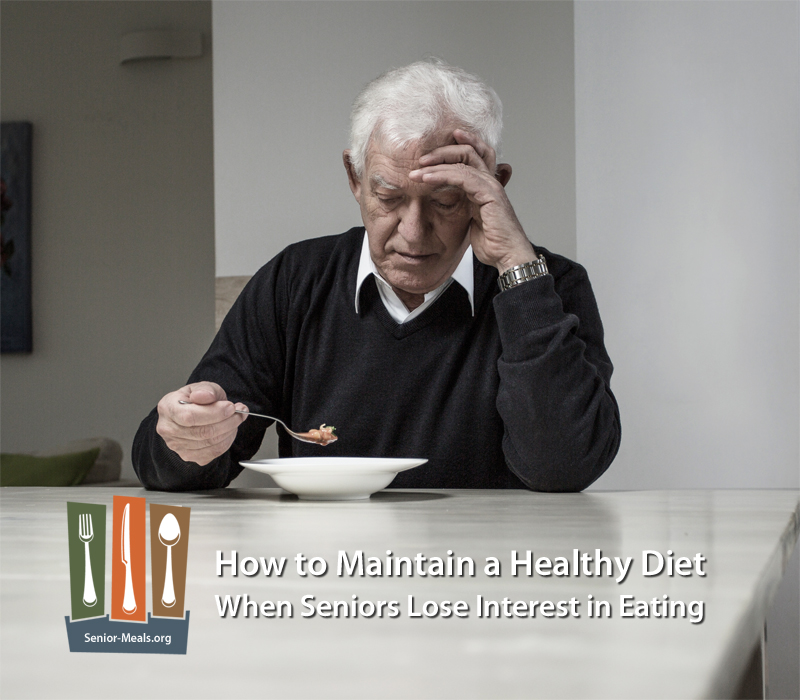Commodity Supplemental Food Program
How Many U.S. Seniors and Elderly Are Going Hungry?
In the United States, this question should not even have to be asked, but there are seniors in 2018 that are fighting hunger every day. The number of older Americans who do not get enough to eat is undetermined because there are so many do not know that they are eligible for help. In 2014, over 10 million seniors over the age of 60 were reported to be facing undernourishment and hunger on a daily basis.
This age group is not so apt to report their needs to outsiders, and if they are not aware of the programs, they cannot obtain the benefits available to them. Many seniors never realize that they are eligible for federal assistance that would present them a better lifestyle, so they suffer alone.
Today, the number of senior Americans that have trouble meeting their budgets is more than in 2014, approximately 10.2 million. What happens, in many cases, is the elderly try to cut corners to pay their bills by reducing their food intake and trying to live on cheaper foods, such as processed and packaged foods. They cannot get proper nutrition by doing this day after day, month after month.
This age group will battle hunger until they get the news that there are federal agencies to help them such as SNAP and CSFP. If someone you know could use help with the rising cost of food, there are resources in the government that will help to improve their lives.
The National Council on Aging
Seniors should not be ashamed or embarrassed if they have found themselves in need of assistance. Life is tough, and things happen that are not planned or accounted for. The National Council on Aging, NCOA, is a clearinghouse of information for aging U.S. citizens. They understand that the elderly want to be happy, healthy and in control of their lives like they were when they were younger, and they offer much information.
The NCOA has access to many different agencies in the communities and cities across the country, and they offer resources for aging adults at the local, state and national levels. Nutritious, healthy food is of significant concern, and two leading government agencies provide food for those over 60.
The Commodity Supplemental Food Program
The Commodity Supplemental Food Program, CSFP, is a food distribution program administered by the Food and Nutrition Agency within the Department of Agriculture. Their primary objective to reach and assist seniors over 60 who are on a low-income budget and offer healthy food free of charge. If someone is trying to be frugal with his or her funds to pay his or her electric bill, the healthy, nutritious meals get pushed aside for the less expensive processed foods that have little or no nutrition.
CSFP works alongside SNAP, the Supplemental Nutrition Assistance Program, previously the national Food Stamp program. In 2007, the program changed names and began using "EBT debit cards" to distribute funds for food. Before that, the Food Stamp program issued "imitation food dollars" to their clients to exchange for food at retail stores. CSFP uses a system similar to issuing funds for some food items, but CSFP distributes the actual foods from federal warehouses to Human Services offices and Food Banks in every city and state.
Typically, canned fruits, vegetables, cereals, and beans are the staples that are freely given to senior recipients who are accepted into the program. CSFP food packages do not provide a complete diet, but they subsidize the user's budget, to save money, and additional vouchers can be used for perishable items. For a list of the foods, CSFP distributes, go to the USDA website at www.fns.usda.gov/csfp/about-csfp.
With this assistance, seniors can live better lives while eating healthy, but they must apply. NCOA’s BenefitsCheckUp feature has registered over one million persons since its inception in 2009. Using BenefitsCheckUp, seniors can find out if they are eligible for SNAP, CSFP, and several other federally-funded nutrition programs.
Help Spread the News!
Though federal programs are open to all those who are eligible, the awareness of seniors and the elderly have to be increased. Here are three actions to use:
- Help a senior enroll in SNAP and CSFP.
- Spread awareness on social media.
- Use outreach tools to encourage older adults to apply for benefits. Federally-funded nutrition programs are designed to assist all seniors in the U.S. from struggling with hunger.
About the Author
Craig Caldwell is a family caretaker who learned the hard way how to feed his elderly Mom. His website, Senior-Meals.org was created to help new family caretakers leverage his experience and provide for thier loved ones.
Additional References



Comments
Post a Comment